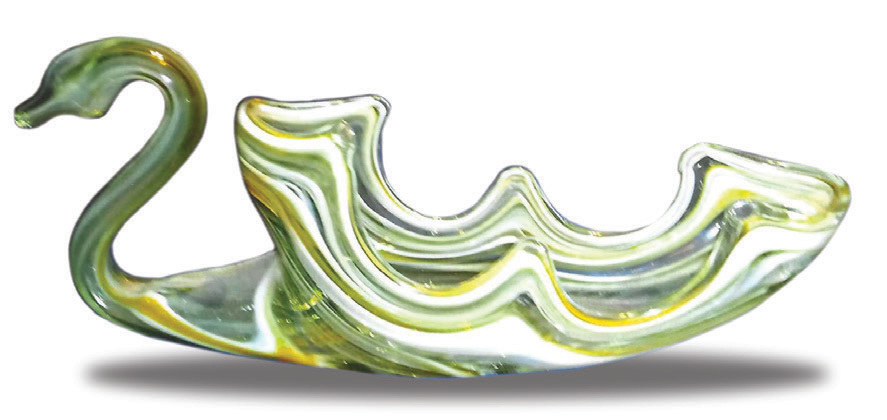Dear Connie Sue,
I need your help. Is this a straw cutter or some other kind of implement? It’s solid wood, handmade, with pegs and mortise and tenon joints. It is 36 inches tall and 37.5 inches wide with no mark. I got it at a flea market in Wisconsin.
— (Another) Connie Sue, Rogersville
Dear Connie Sue,
This is a flax break. So, yes, it is for straw — of sorts. Linen is made from the long fibers inside the flax plant. To reach but not harm the interior fibers, the straw must be gently broken. Next, the shock (a handful) of fiber is scraped with a sharp-edged wooden (scutching) knife to further loosen and begin removing the straw.
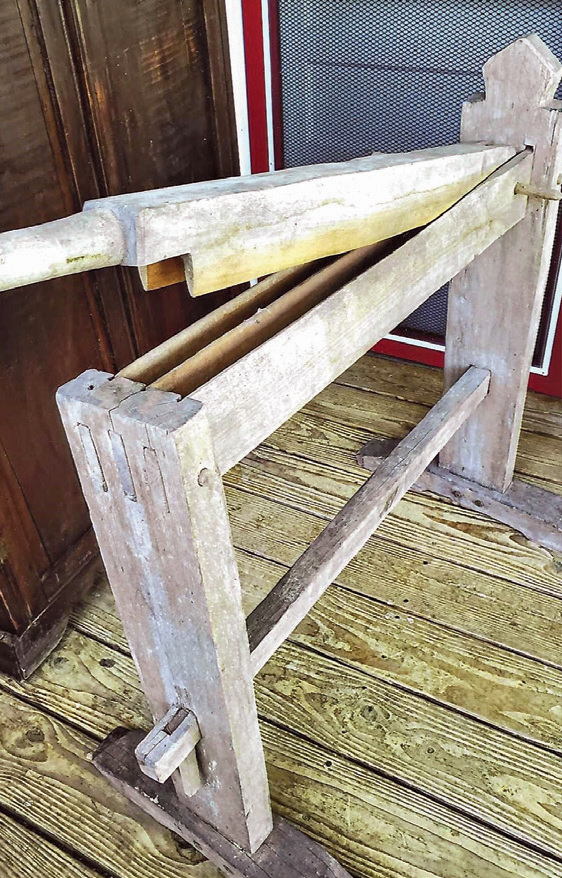
The shock is then flung and pulled through hatchels — a board with pointed metal spikes that look like nails with their pointed sides up. Pulling the shock of straw/linen through a series of smaller spiked hatchels ultimately removes all the straw. The raw linen fiber is ready to be spun into thread and woven into fabric.
One sold at auction in October 2020 for $100. I don’t see them often in homes. They may be hiding from me in the piles of wood lying around in barns and attics, though. Yours is still quite functional and built to disassemble until the next flax harvest comes in.
Linen is still made from flax, although the process is mechanized. Having prepared the fiber and spun linen, I appreciate the labor and process of producing a linen shirt from seed to cloth.
Dear Connie Sue,
I always enjoy your articles. I hope you can help me with this bowl. It belonged to my aunt who passed away around 1920. It’s in mint condition.
— Peggy, Portland
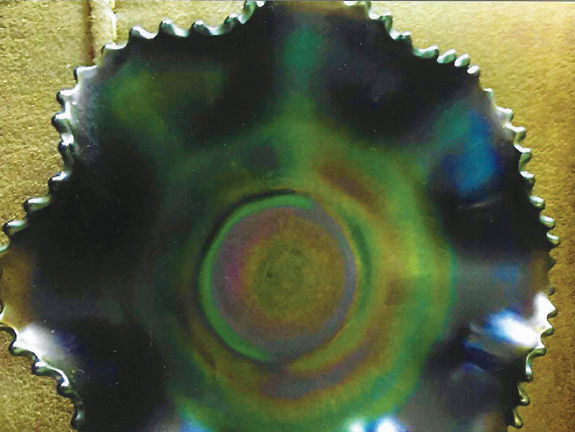
Dear Peggy,
The bowl was made by Northwood Glass Company between 1908 and 1925 in Wheeling, West Virginia. Its mark for carnival glass is an underlined “N” in a circle.
The fluted and sawtooth edged bowl is in the Basket Weave pattern. The flashy interior is the company’s Rainbow coloring. Similar bowls are offered online and in shops for $25 to $55.
Dear Connie Sue,
This pitcher was a wedding gift from a neighbor 61 years ago. He called it a buttermilk pitcher.
— Patricia, Dunlap
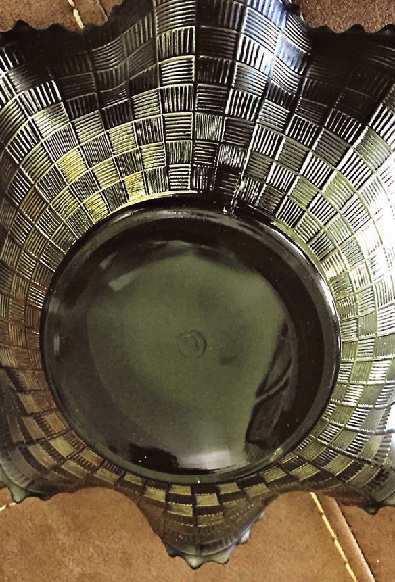
Dear Patricia,
This glossy yellow pitcher with ribbed sides must be 7.5 inches tall. And that is a good buttermilk-on-the-table size but not the assigned use. It was made around 1950 in Zanesville, Ohio. Pieces like this are offered online for $30. It is a buyer’s market at tag sales and auctions for McCoy pottery, so prices will be lower there.
Dear Connie Sue,
This item was in my house during my youth. Mother loved antiques, and it’s mine now. Would you be able to give me any information about it?
— Brenda, Murfreesboro
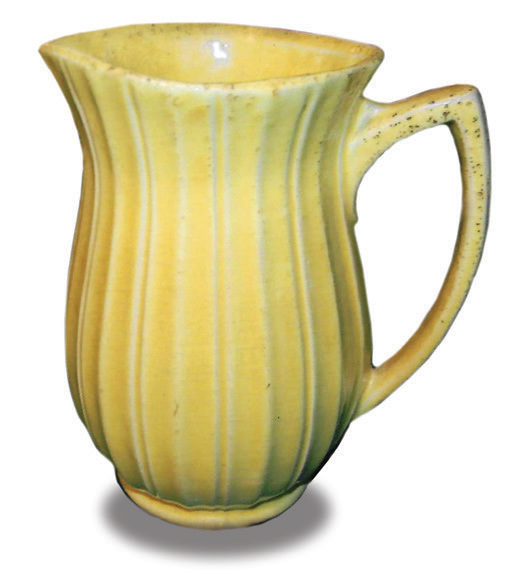
Dear Brenda,
The center-piece swan was made by the Sooner Glass Company in Spiro, Oklahoma.
The shape of the swan head is distinctive. Other companies in Oklahoma and Arkansas made similar art-glass poultry and vases. Hand-blown and formed, this artsy glass was popular in the 1970s.
An identical swan sold on eBay for $35 in early August.
